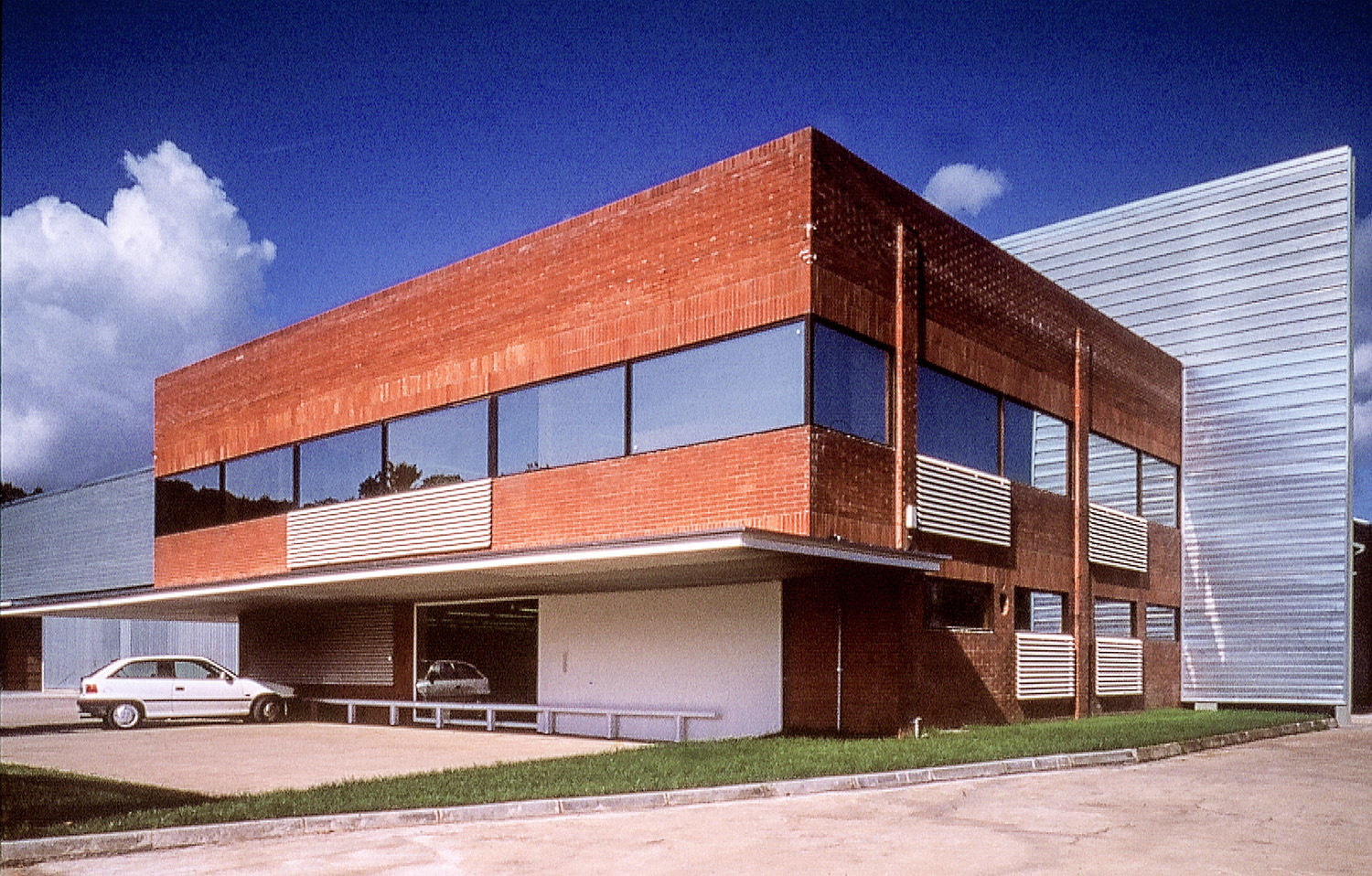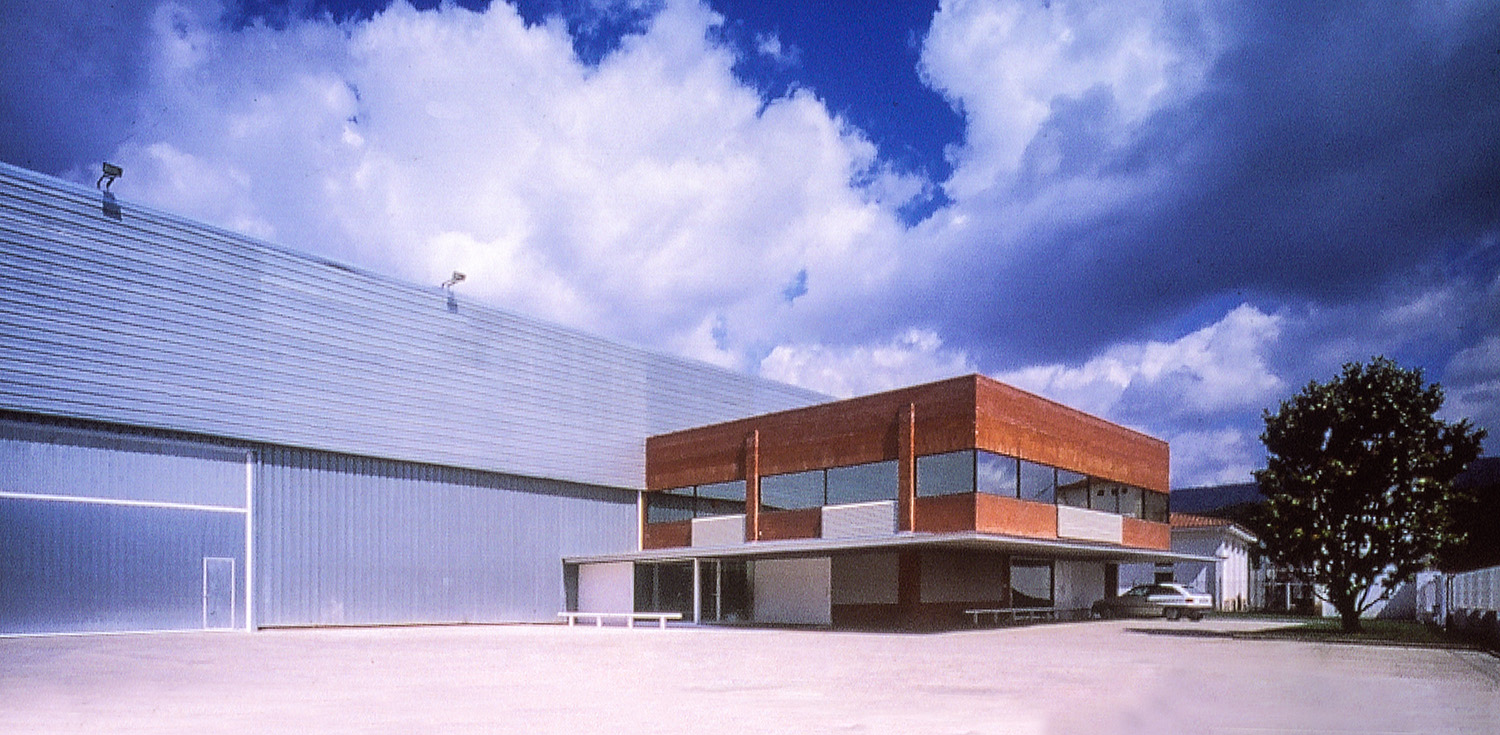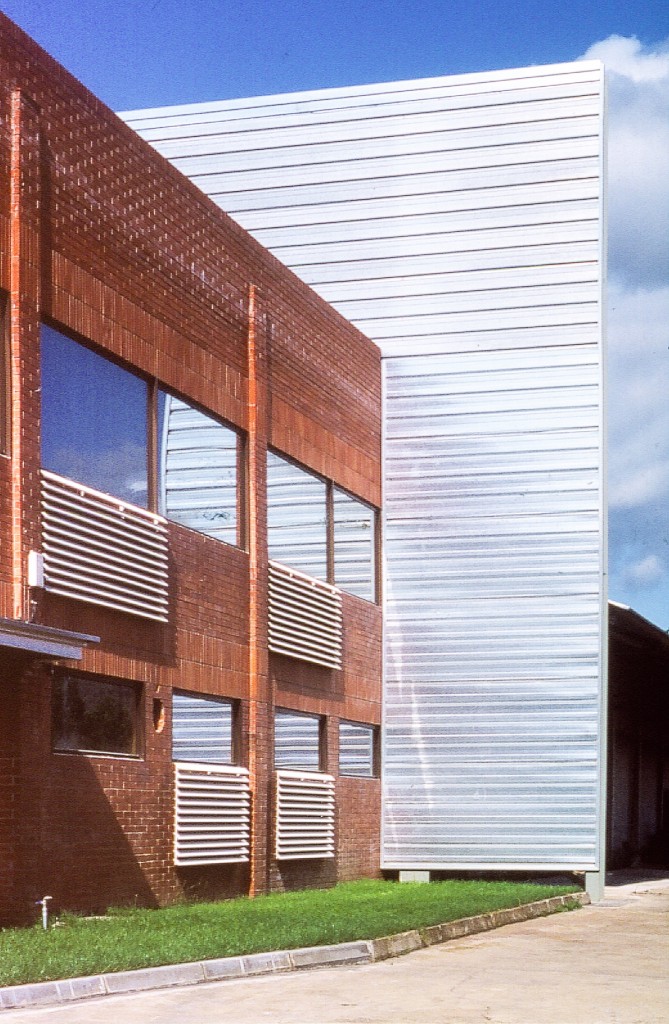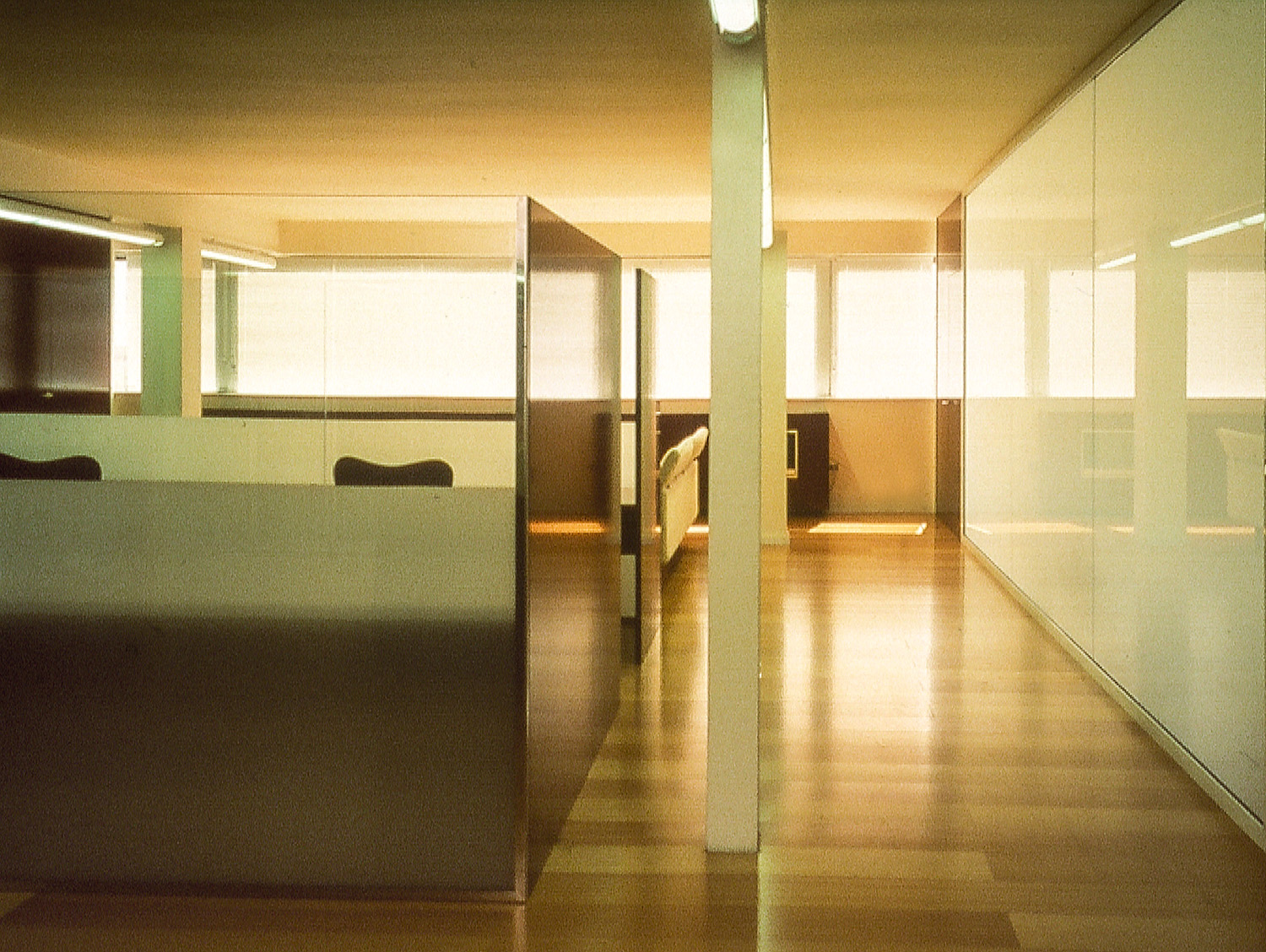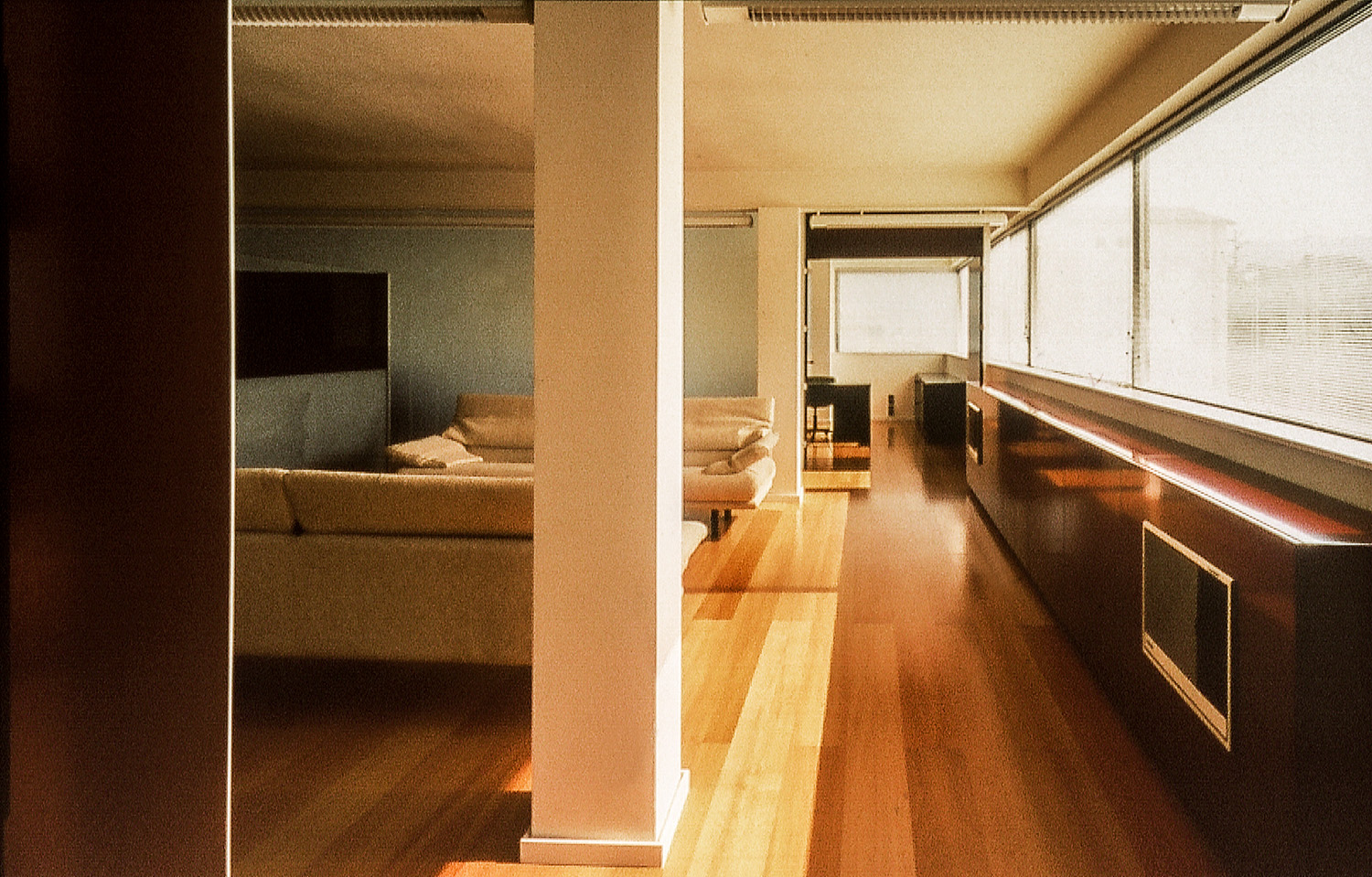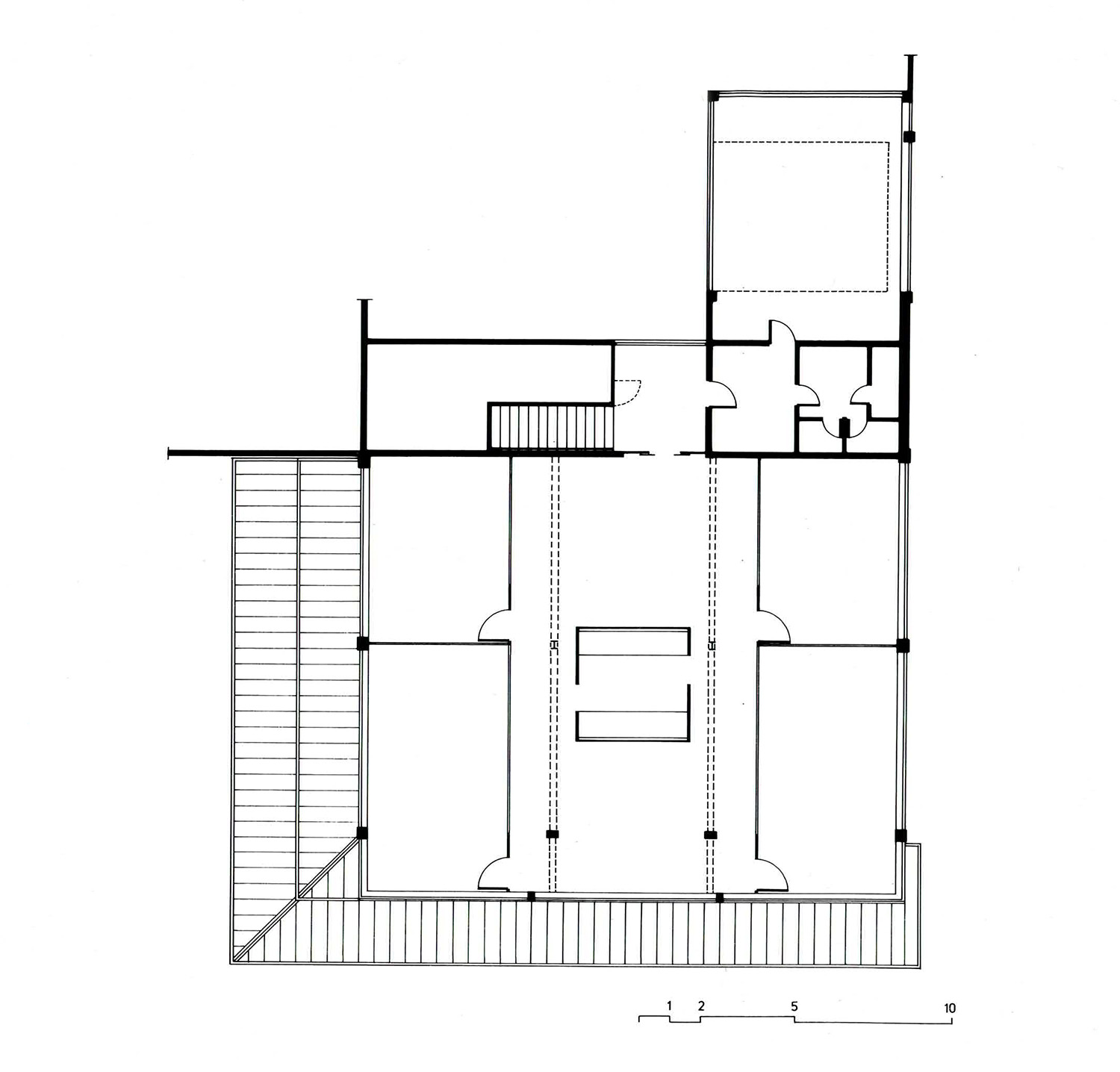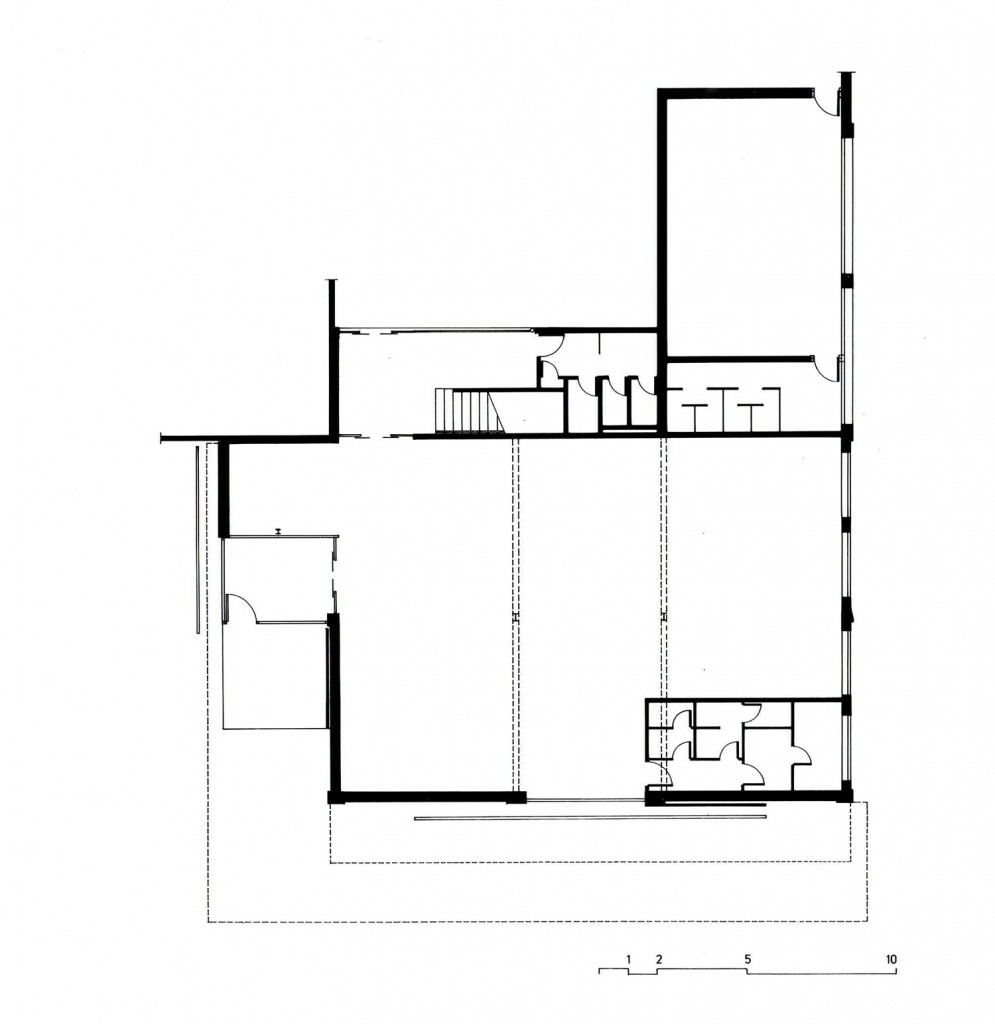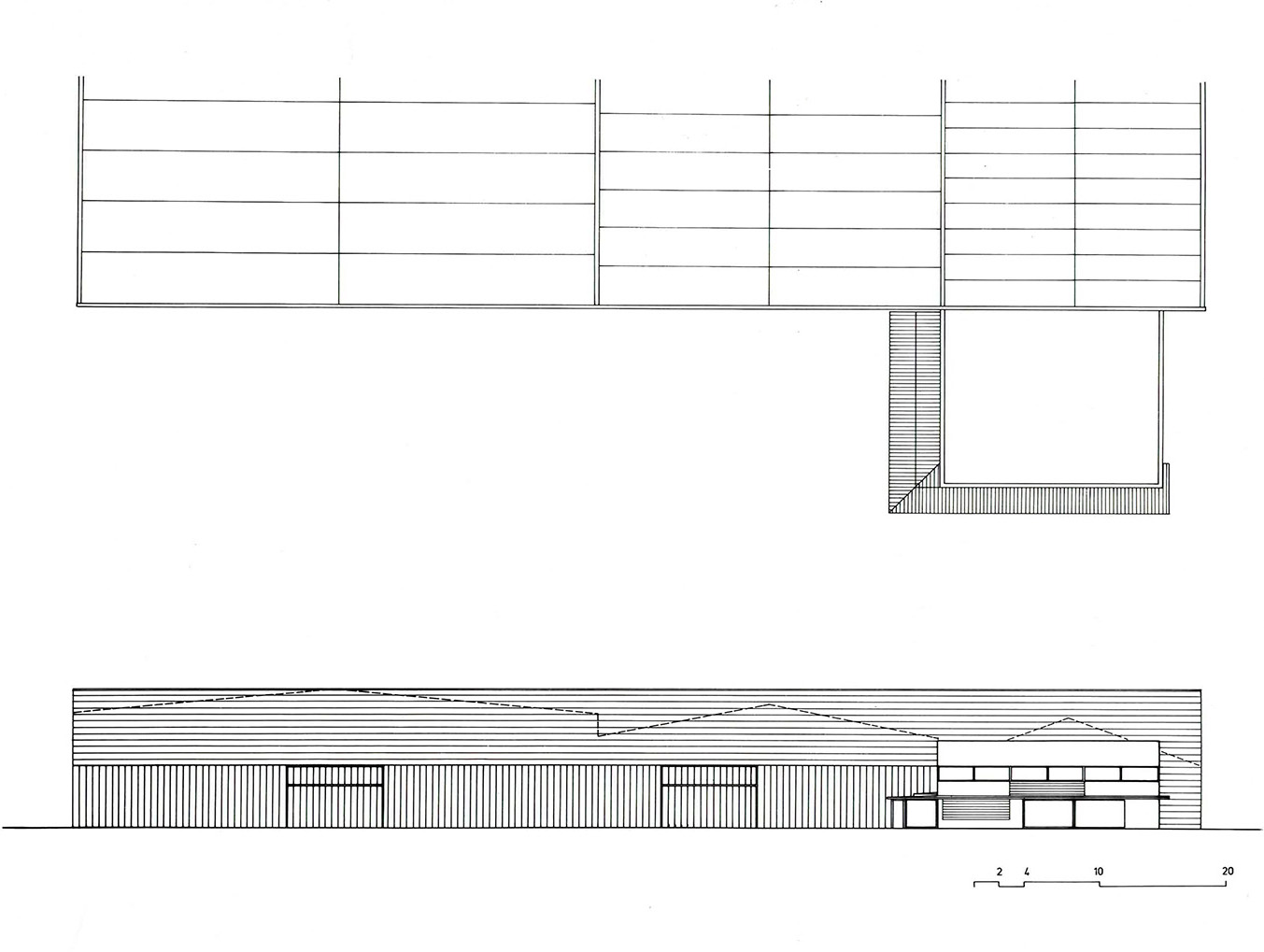The project consists in the expansion of two industrial buildings and the adaptation of a volume for the Jaisa company offices.
A large sheet metal wall unifies the two existing factories and the third volume that is added. The existing red brick building is remodeled as offices and reception of visitors, arranged on the bottom of a galvanized wall. This volume contains a marquee that creates the parking of the vehicles of the workers while marking the main entrance of the offices.
The interior is fluid and organized with divisions of glass, wood and comfortable furniture. An horizontal window brings natural light to all office spaces in the middle of the volume, through glass partitions that do not reach the ceiling.
This project was focused with a vision of sustainability and economy. Less action (less construction) less environmental impact.
In this sense, the starting point was the idea of conserving the two existing buildings and simply reforming the facade and expanding the space with a third building.
The same strategy was chosen for the offices, conserving the volume and structure of what an office should be. Even conserving a good part of the façade, and simply adding new practicable enclosures, a new pavement and false ceiling, and the rest finishing it with
Therefore, a very economic and not aggressive intervention, which together with the incorporation of solar collectors to the roof of the offices and crystals with a very high solar factor, mean that the energy expenditure at the end of the year is minimal.
–
–
OFICINAS Y NAVE INDUSTRIAL JAISA
El proyecto consiste en la ampliación de dos naves industriales y la adecuación de un volumen para oficinas de la empresa Jaisa.
Un gran muro de chapa metálica unifica las dos naves existentes y la tercera que se añade. El edificio existente de mahón rojo se remodela como oficinas y recepción de visitantes, dispuesto sobre el fondo de la pared galvanizada. Este volumen contiene una marquesina que permite el aparcamiento de los vehículos de los trabajadores a la sombra a la vez que marca la entrada principal de las oficinas.
El interior es fluido y ordenado con divisiones de cristal y madera ad hoc y confortable mobiliario. Una ventana horizontal corrida lleva la luz natural a todos los espacios de las oficinas hasta el medio del volumen, a través de las mamparas acristaladas que no llegan al techo.
Este proyecto fue enfocado con una visión hacia la sostenibilidad de economía de medios. A menos actuación (a menos construcción) menos impacto ambiental.
En este sentido el punto de partida fue la idea de conservar las dos naves existentes y simplemente reformar la fachada y ampliar el espacio con una tercera nave.
Respecto a las oficinas se optó por la misma estrategia, conservar el volumen y la estructura de lo que serian las oficinas. Incluso conservando buena parte de la fachada, y simplemente añadiéndole unos nuevos cerramientos practicables, un nuevo pavimento y falso techo, y el resto acabarlo con estructuras de cerramientos ligeros.
En general pues, una intervención muy económica y poco agresiva, que juntamente con la incorporación de captadores solares a la cubierta de las oficinas y cristales con un factor solar muy elevado hacen que el gasto energético al final del año sea mínima.
–
Autor / Architects: Jaume Bach
Colaboradores / Collaborators: Robert Brufau i Associats (estructura/ structure)
Fecha de finalización de la obra / Completion date: 1992
Superficie construida / Built surface: 1.870 m2
Cliente / Client: Juan Antonio Ibáñez
Ubicación / Adress: Polígono Industrial, Bigues i Riells
Fotografías / Photographs: Lluís Casals

